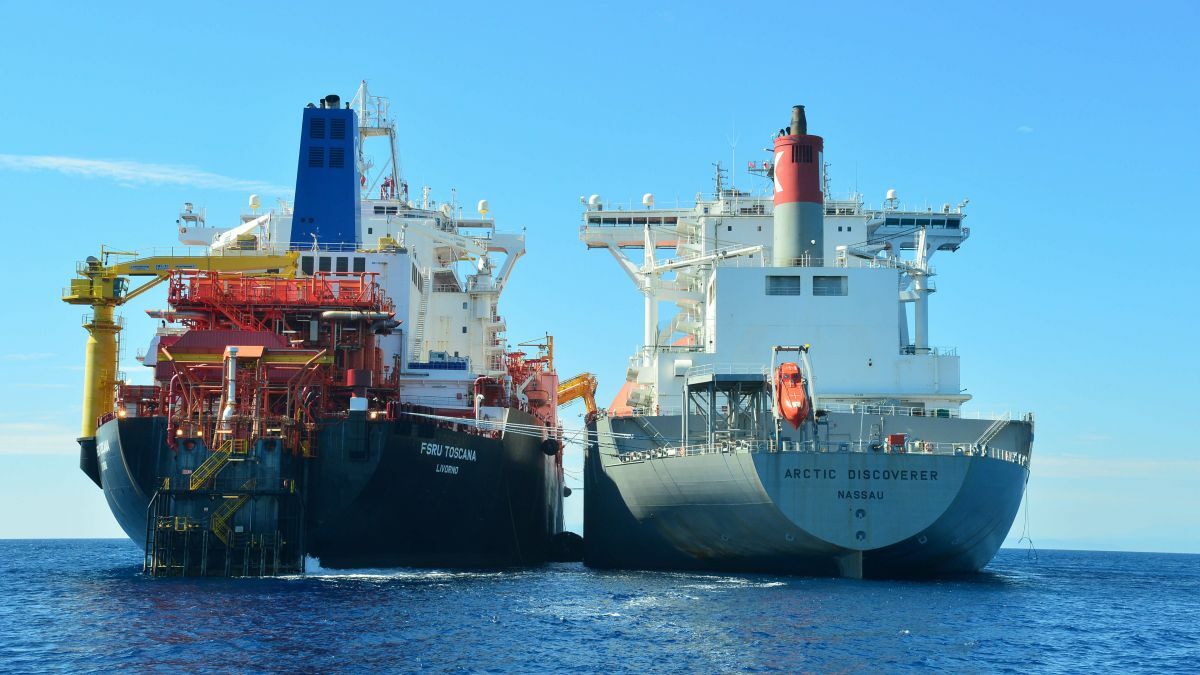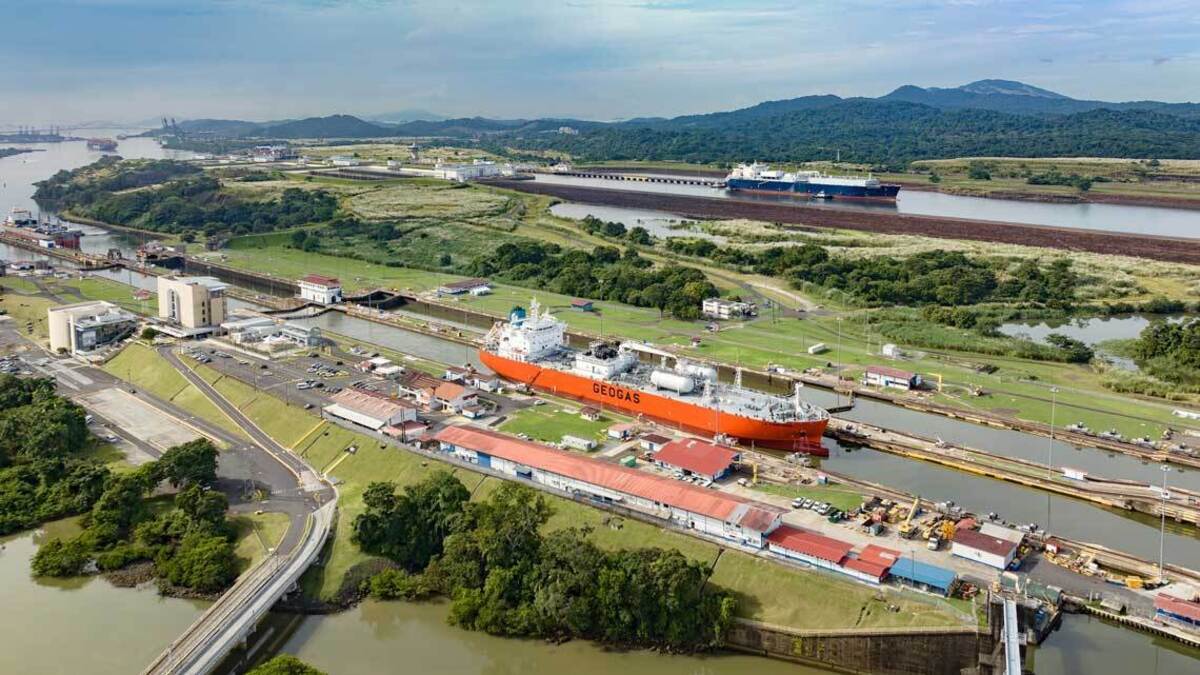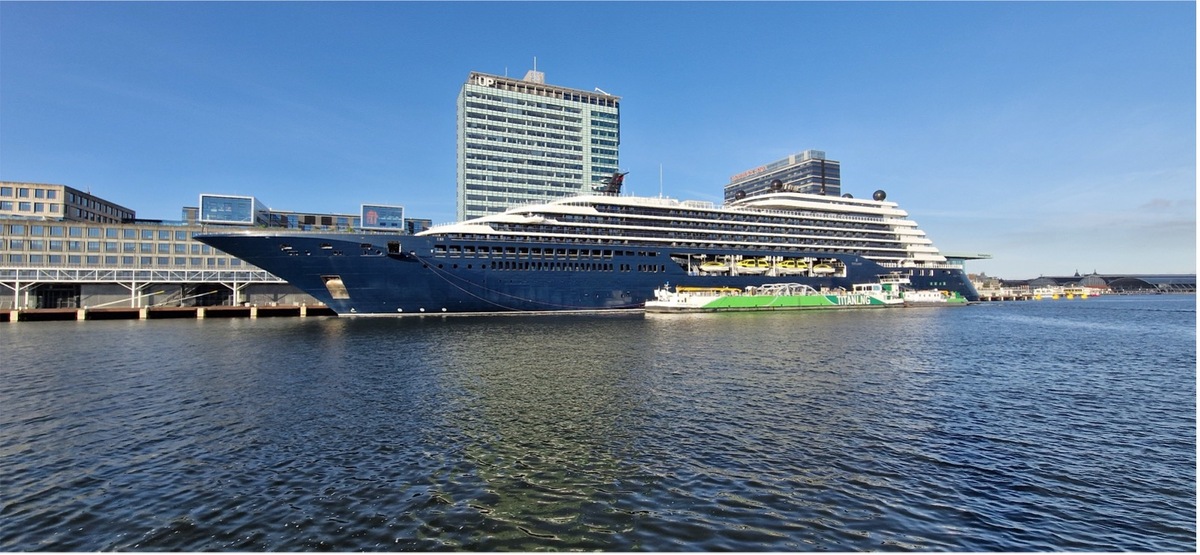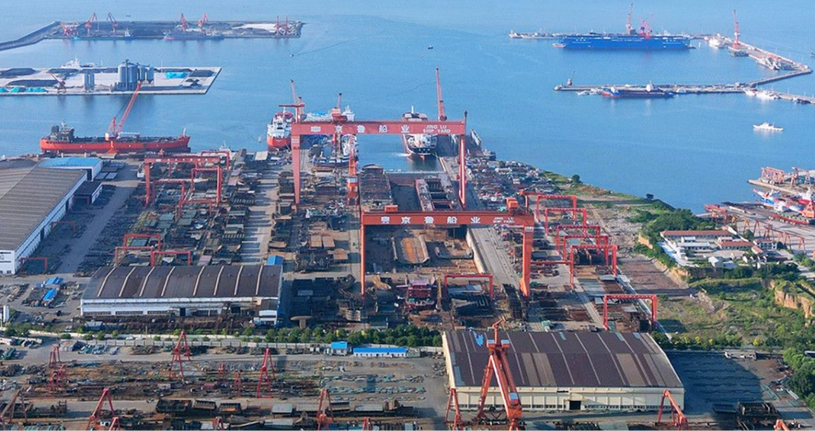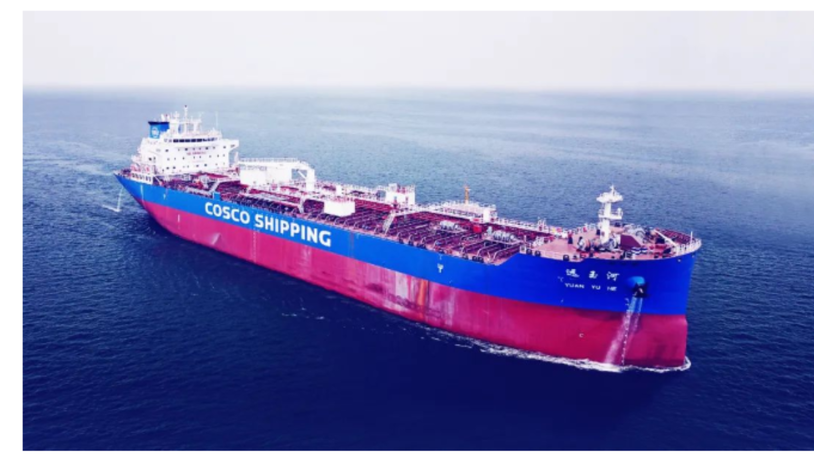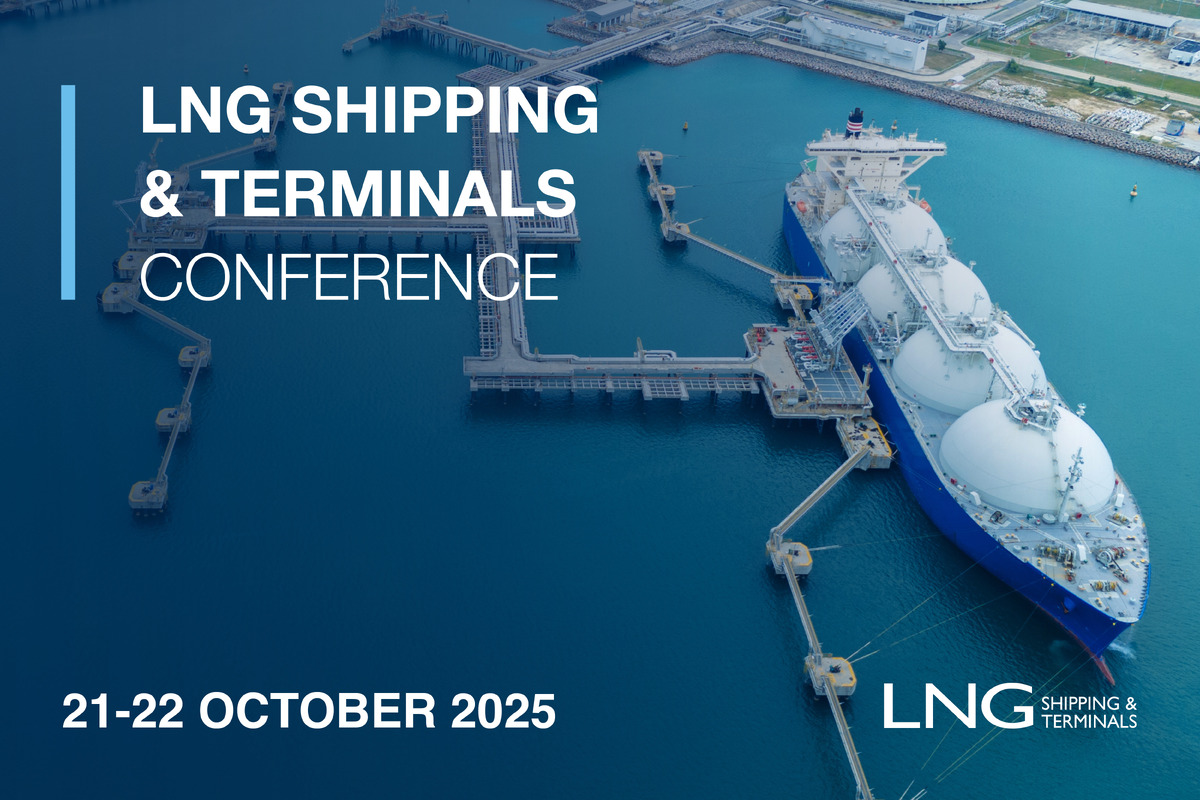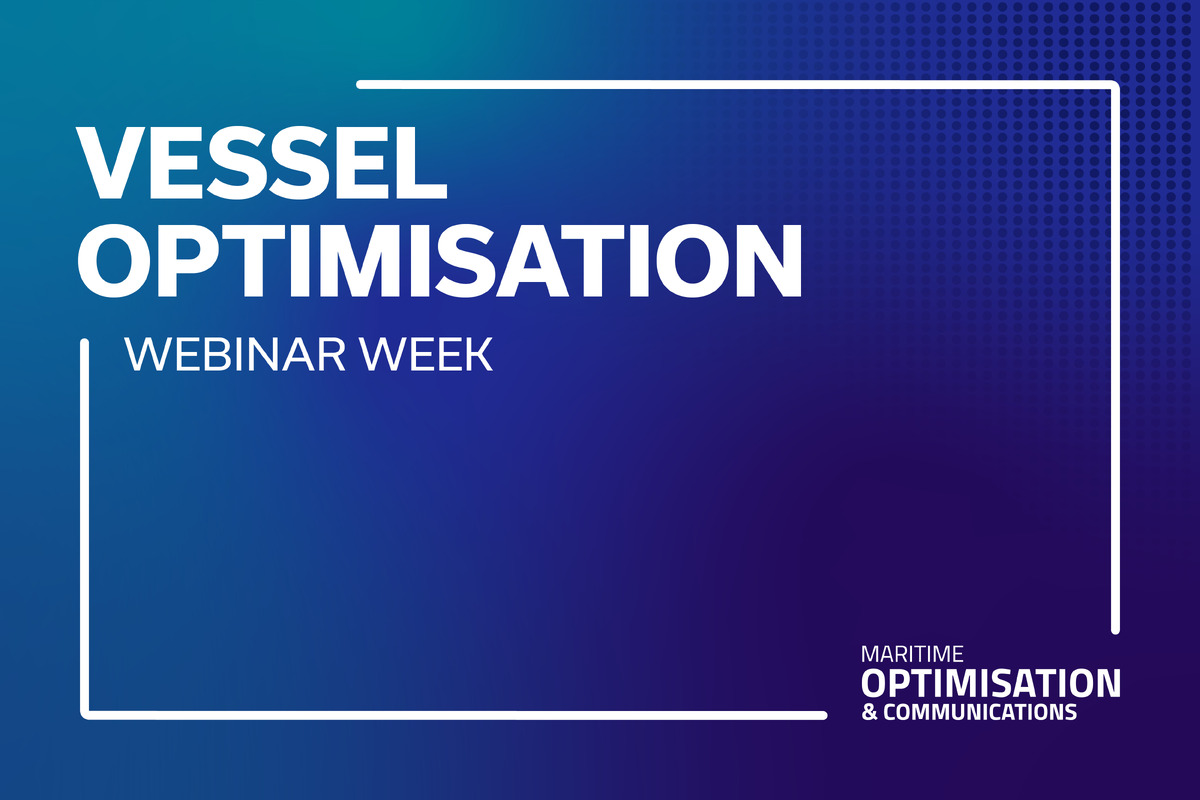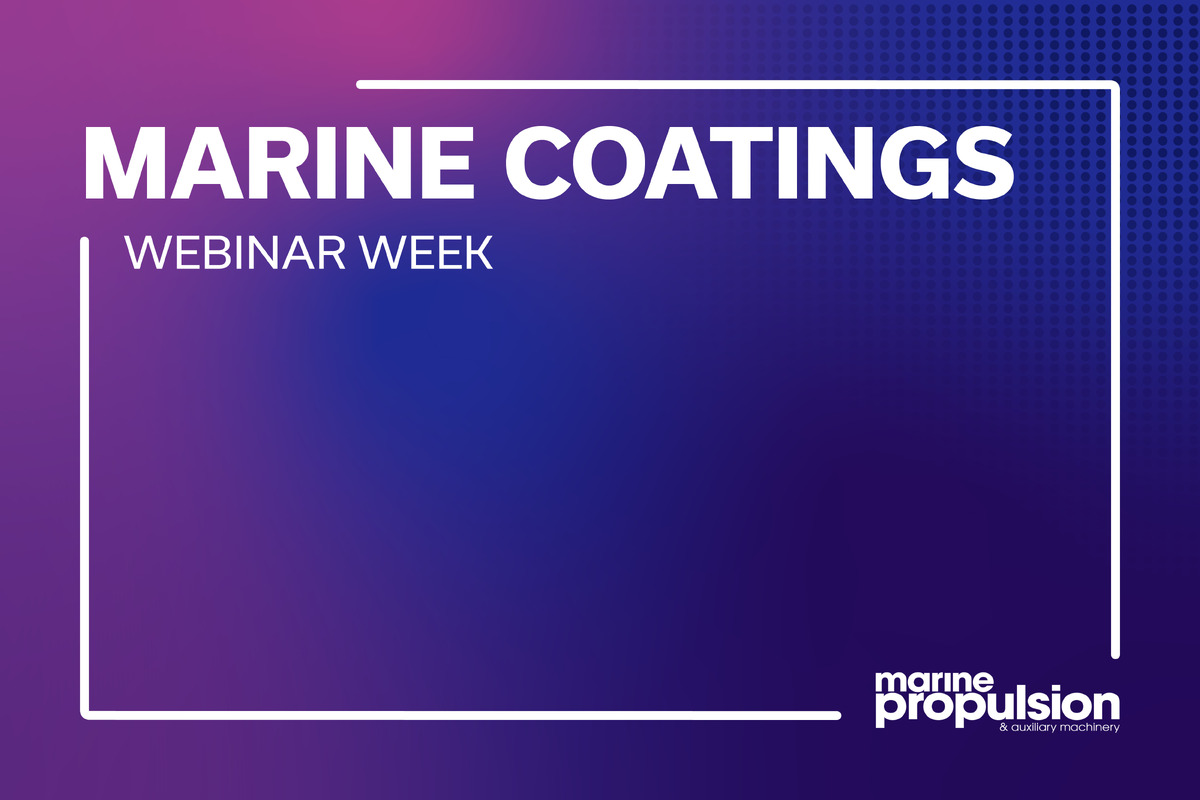Business Sectors
Contents

New blends to push limits of fuel testing
Current fuel tests may not be enough to evaluate the stability and compatibility of new 0.5% sulphur fuel blends, says Exponent’s principal in London, Chris Dyson
The refining and blending of marine fuels will need to change to create the very low sulphur fuel oils (VLSFO) needed for compliance with IMO’s 2020 regulation. Distilled fuels, inherently lower in sulphur than residuals, will make up a higher proportion of blends. The potential impact on fuel quality has been reported regularly, but the challenge for fuel testing itself is less conspicuous.
Testing for stability and compatibility will be critical, given the blending of distillates and residuals. But current tests are limited in their ability to predict the performance of fuels in service. The deposition of sludge is a slow process that takes days, weeks, or months. In the lab, short timespan tests can only approximate these conditions by relying on artificially severe conditions, such as elevated temperatures or the addition of destabilising solvents.
Over the years the industry has gained an understanding of how test results may or may not reflect in-service fuel performance, and the ISO 8217 standard limits are set to reflect this. It is unknown whether these tests will provide a useful indication of the performance of VLSFOs, given their expected differences in chemical composition, or even whether existing specification limits will be appropriate.
One stability test outside the ISO 8217 standards is Turbiscan (ASTM D7061-12), which provides a separability number (SN), sometimes called the reserve stability number. The test destabilises the fuel to cause the clumping together (flocculation) of asphaltenes. A light scatter technique is then used to define SN which is related to the stability reserve, indicating the potential for operability issues due to asphaltene agglomerates.
“It is unknown whether tests will provide a useful indication of the performance of VLSFOs, given their expected differences in chemical composition”
This method is routinely used by some marine fuel testing laboratories as an additional indicator of fuel stability beyond the IS0 8217 test methods. But it does not capture long-term destabilisation, which can occur days (or longer) after blending is performed.
Stability and compatibility are not the only concerns for which current testing capabilities are limited. The low temperature performance of fuels may also change with the expected increase in paraffinic content of new VLSFO fuels. Precipitation of waxes will depend on the fuel cooling profile as well as the temperature. Deposits can be caused by the “freezing” of wax molecules on cold surfaces, or the crystallisation of paraffinic wax in the bulk oil.
The industry has limited standardised testing available to evaluate the low temperature performance of fuel oil. It is unknown whether this testing will be an accurate prediction of performance in the new VLSFO fuels. Since the precipitation of wax is difficult, if not impossible, to accurately predict in an accelerated fashion, the industry will need time to understand the wax-deposit formation characteristics of the new fuels.
Stabilisers and chemical treatments – including asphaltene precipitation inhibitors and pour-point depressants – can remedy unstable or incompatible fuels if the problem is identified early, before deposits have become a problem. But it is critical that the additive be chemically matched, and the dosage appropriately chosen, or deposits or waxing can increase. The diverse composition of new VLSFO products increases the risk of using a poorly matched additive treatment. Treatments should be tested at lab scale before being added to fuel.
Related to this Story
Events
LNG Shipping & Terminals Conference 2025
Vessel Optimisation Webinar Week
Marine Coatings Webinar Week
© 2024 Riviera Maritime Media Ltd.



